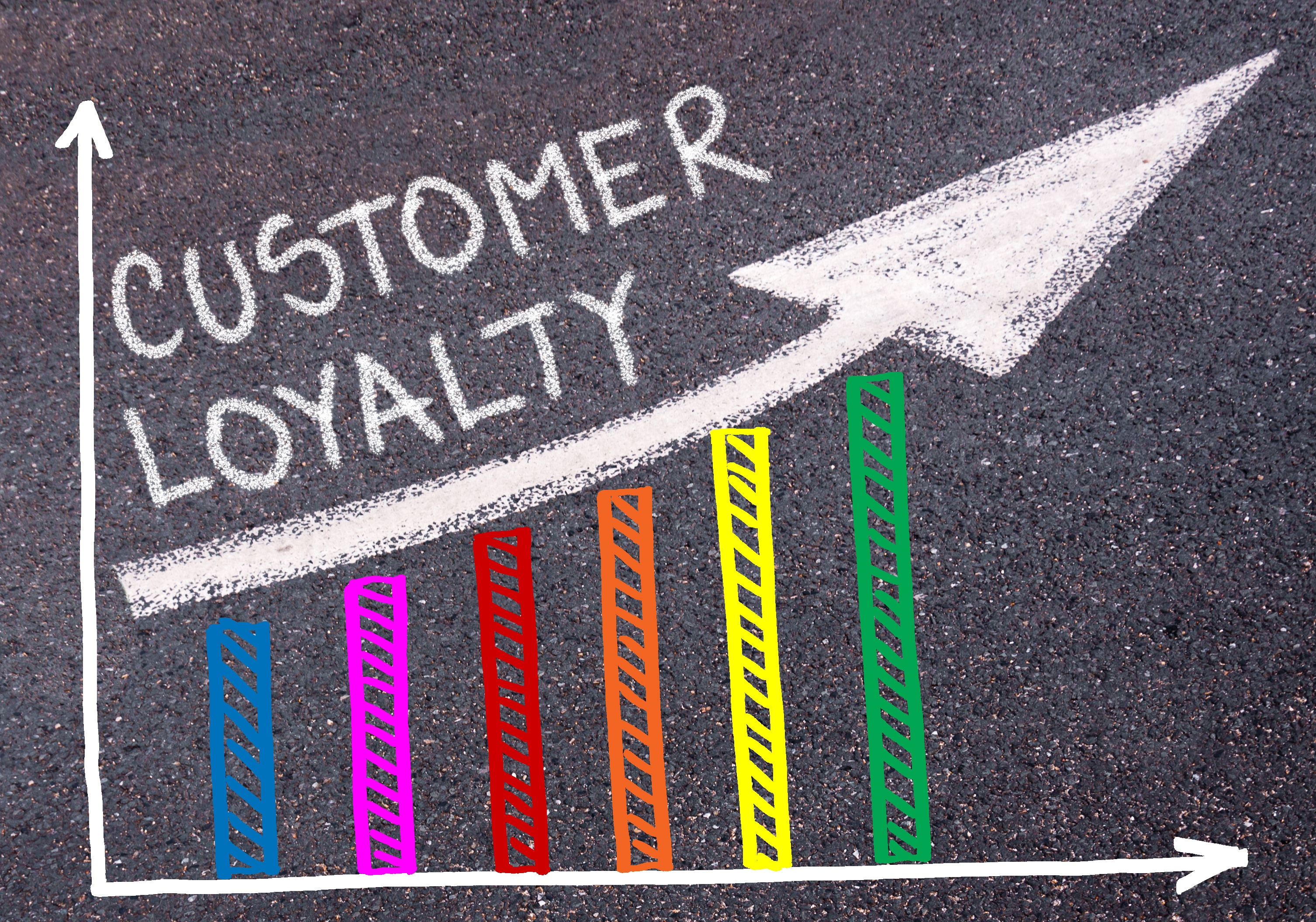Do you ever wonder which metric is best for your organization? Are you contemplating if you should focus on increasing promoters or should you focus on reducing customer effort? Many of you want to know which metric is better.
The good news is NPS and CES are NOT mutually exclusive. In fact, the two metrics can complement each other because they measure different customers experiences.
What is NPS (Net Promoter Score)?
Net Promoter Score is an index ranging from -100 to 100 that measures the willingness of customers to recommend a company’s products or services to others? It is ultimately used to gauge customer’s overall satisfaction with a company’s product or service and their loyalty to the brand.
Standard NPS Question:
On a scale of 0 to 10, where 10 is very likely and 0 is very unlikely, how likely are you to recommend this company’s service to a friend or colleague.
What is CES (Customers Effort Score)?
The Corporate Executive Board (CEB) researched the link between customer service and loyalty. CEB found that what customers really want is simply a satisfactory solution to an issue. In order to achieve customer loyalty, organizations must reduce the effort that a customer must exert to get their problem solved.
Standard CES Question:
On a scale of 1-5, where 5 is a lot of effort and 1 is very little effort, how much effort and 0 is very little effort, how much effort did you put into work with company A?
Or
On a scale of 1 to 5, where 5 is very easy and 0 is very difficult, how easy is it to work with Company A?
The bottom line is that there’s no “silver bullet” that tells an organization everything needed to know about their relationships with customers. NPS focuses on the relationship between you and your customer while CES focuses more on experiences and the customer satisfaction. These tools don’t have to be used in isolation but can be integrated with existing company strategies and continuously measured over time.











Leave a Comment